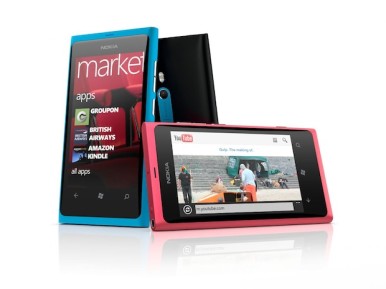In this article, I give you my quick review of the Nokia Lumia 800 mobile phone with specs included.
Nokia garnered a lot of public attention when it announced a partnership with Microsoft. At that time, concrete joint ventures were announced, and the public has been waiting to see what it will be.
The fruit of the collaboration is the Lumia 800 which runs on the Windows Phone 7.5 (Mango) system. It is a phone intended for both professional and personal needs, and it relies on the “chassis” of the N9 model, which has a good design.
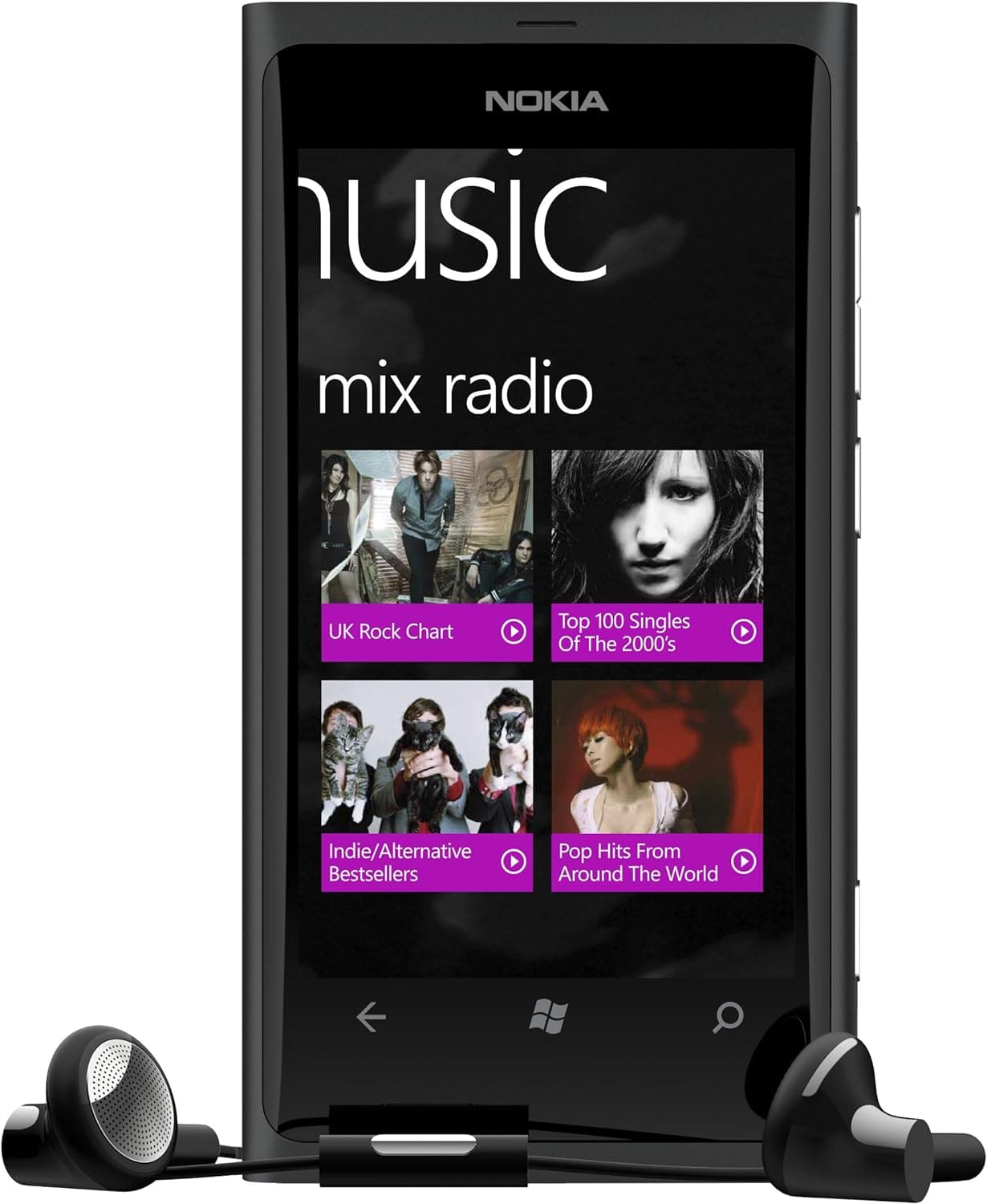
The Lumia 800 is made of good materials. The screen is made of a special type of glass, so users will be able to forget about scratching the screen. The polycarbonate case is made in order to provide the user with a solid phone resistant to mild bumps and falls. Nokia says that this material has another advantage, and that is that it does not have a negative effect on the operation of the antenna, as can be the case with metal housings. The exterior is covered with folds in some places so that the phone fits better in the hand.
For a phone that measures 116.5 × 61.2 × 12.1mm, it leaves a very good impression in the hands. The weight of 142g is not excessive, so there will not be many problems with its daily use. The screen has been slightly reduced compared to the N9 (from 3.9 to 3.7 inches), which makes it even easier to use with one hand.
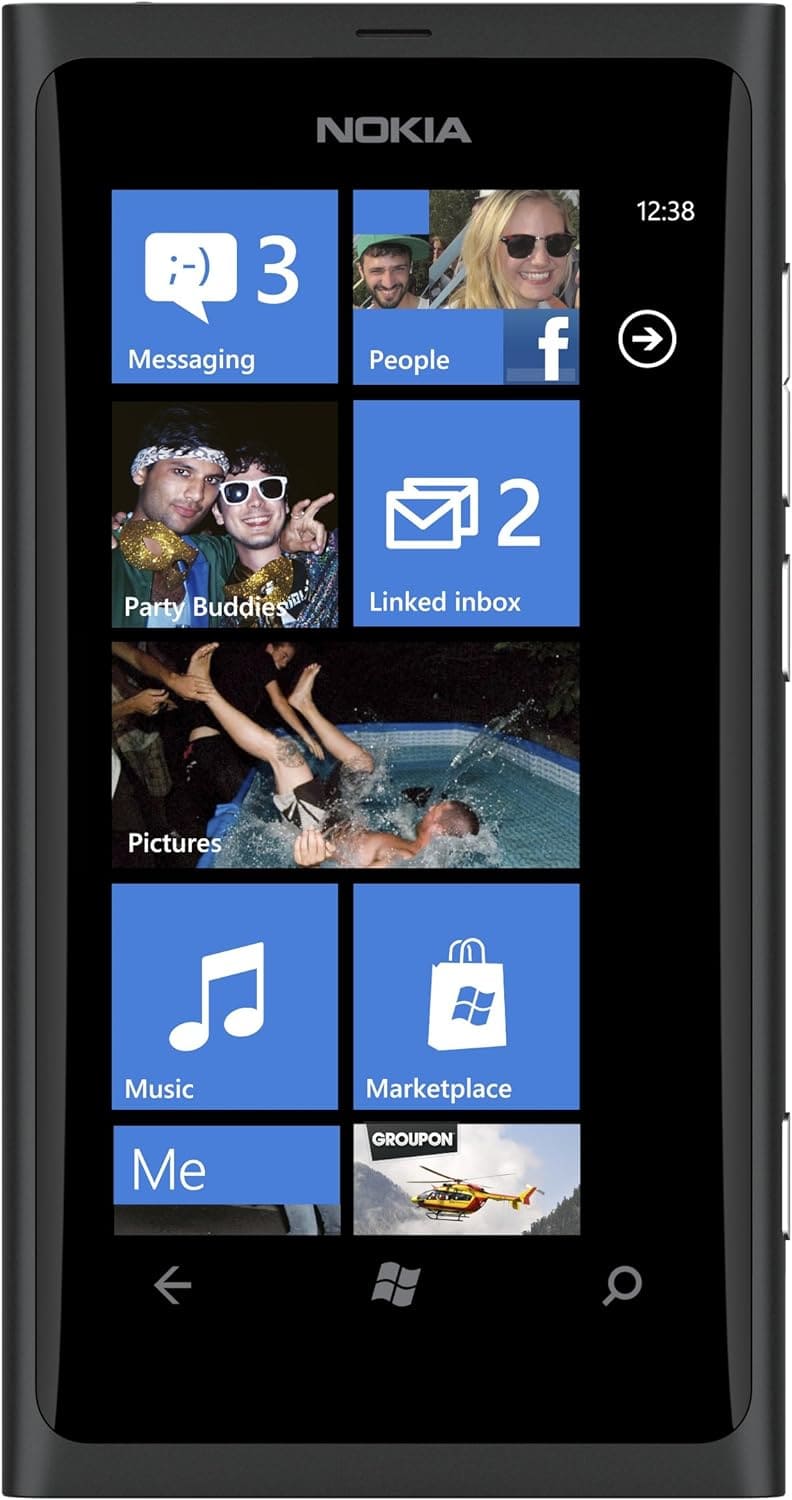
On the side, there are three silver buttons for volume control, on / off, and a camera. There is no front camera on the Lumia 800, but it is located at the back of 8 megapixels and a dual-LED flash is quite enough. Carl Zeiss optical parts are also used here, which is Nokia’s stamp, which should give the phone a dose of difference compared to other Windows phones.
The objection could be found on the top of the phone, where the connectors are located, but also the memory and SIM card slot, so due to the dense layout, it is a little harder to approach once, without first “moving” someone else.
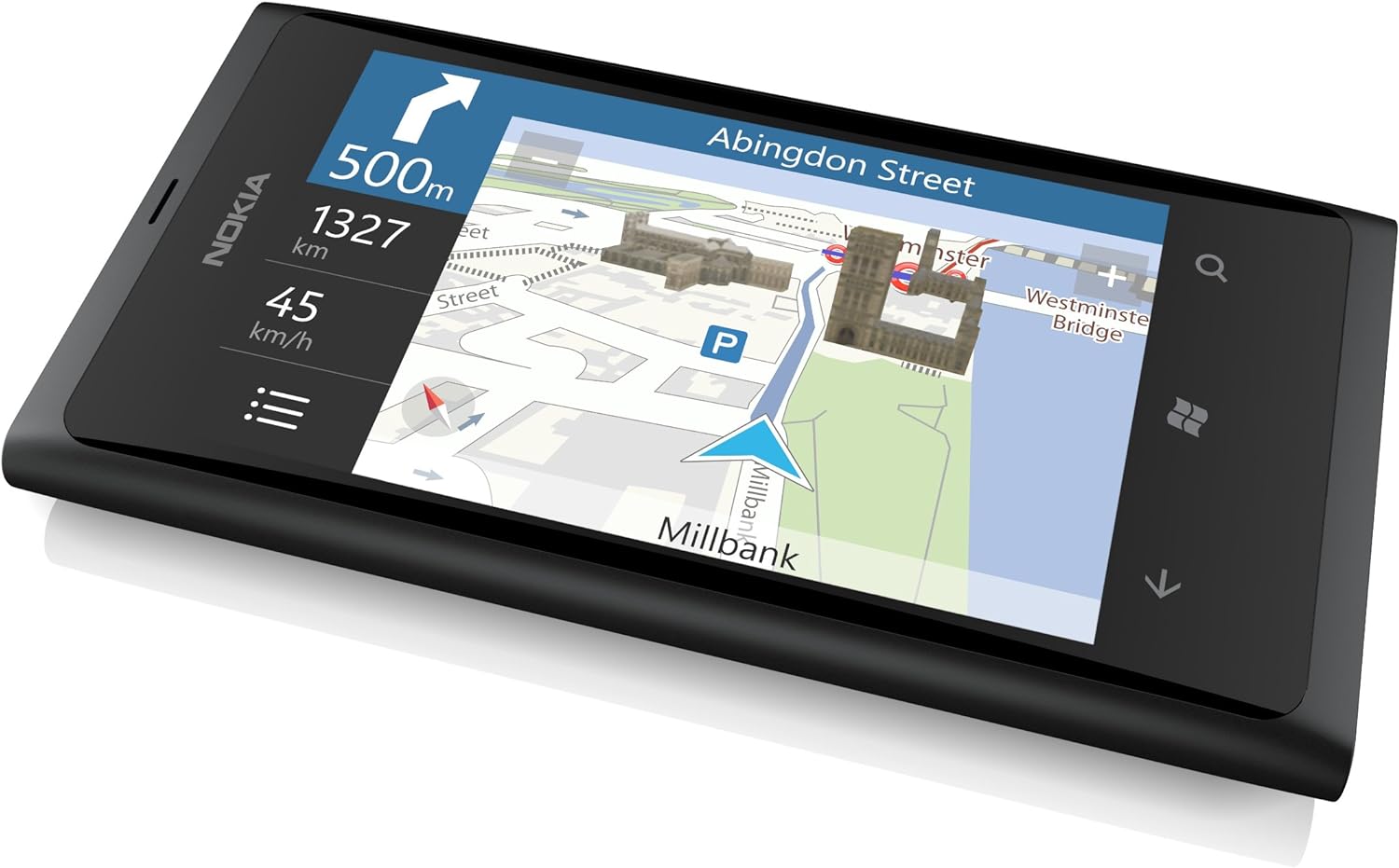
For the 480 × 800 pixel screen, Nokia has chosen AMOLED technology, which results in a sharp and clear image, so the visual experience will be good even in a dark environment. Windows phones usually come with dark and light background themes, while Nokia has provided its own “Nokia Blue” color combination, which still does not leave enough room for individual experimentation when it comes to themed lighting of the phone, but you can live quite nicely despite that fact.
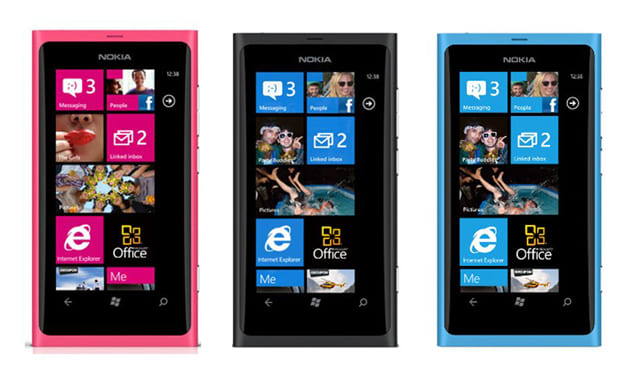
The Lumia 800 comes with a 1.4 GHz Qualcomm MSM8255 processor, Wi-Fi and Bluetooth connectivity, and HSPA and GPS technologies are also supported. The Lumia 800 has 512MB of RAM and 16GB of internal storage. As there is no MicroSD slot, users will often have to transfer data over the “wire”, although it must be admitted that 16 GB is not small. Interestingly, the battery cannot be removed, and Nokia says that it is enough for 13 hours of talk time and 335 hours in free mode.
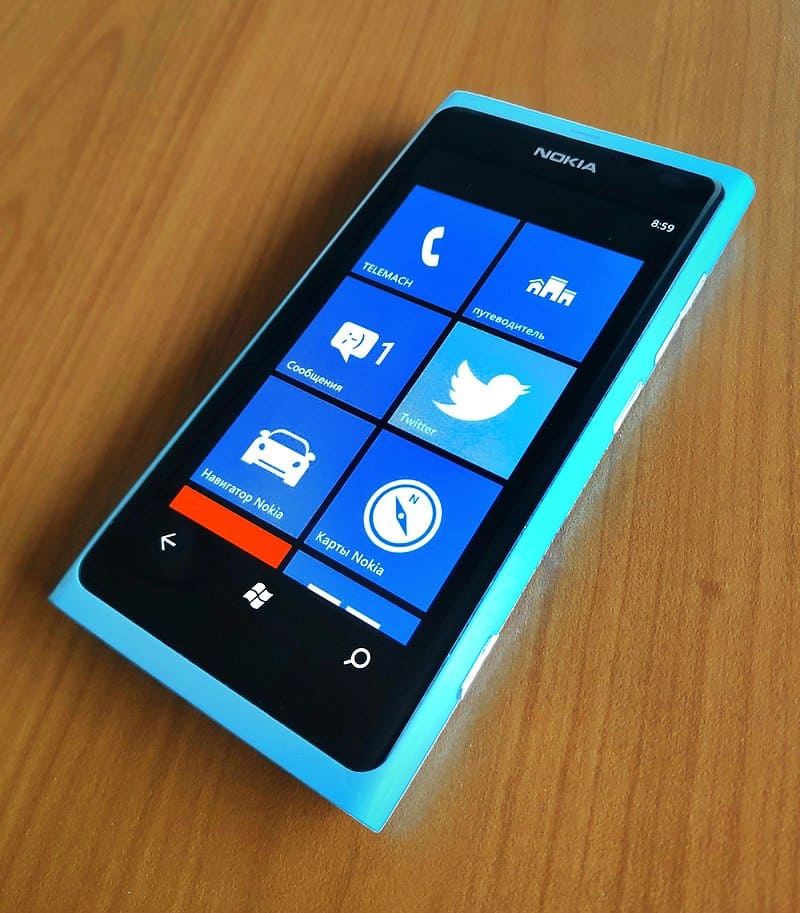
The first update for the Nokia Lumia 800
Nokia has been hit hard by users, who have criticized it on all sides for problems with charging the WP7 Lumia 800 phone, as well as for the short battery life after charging. Nokia has accepted the criticism and promised to release a software update soon, which will fix these flaws.
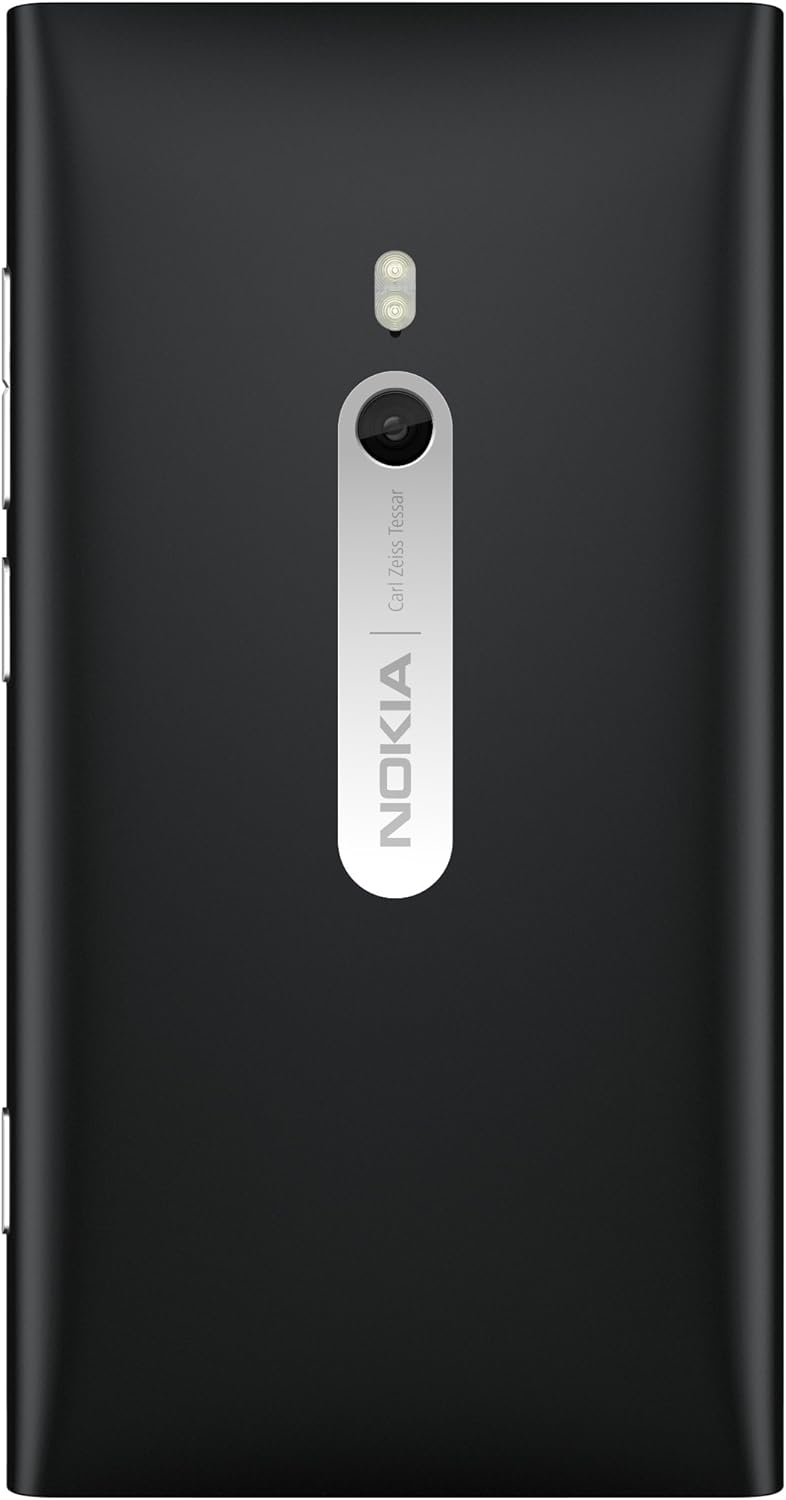
Nokia really didn’t need this embarrassment with the first Windows Phone 7 (Mango) phone, so it really did the first update of the system faster and better, which eliminates these shortcomings, but also brings a handful of novelties to the Lumia 800.
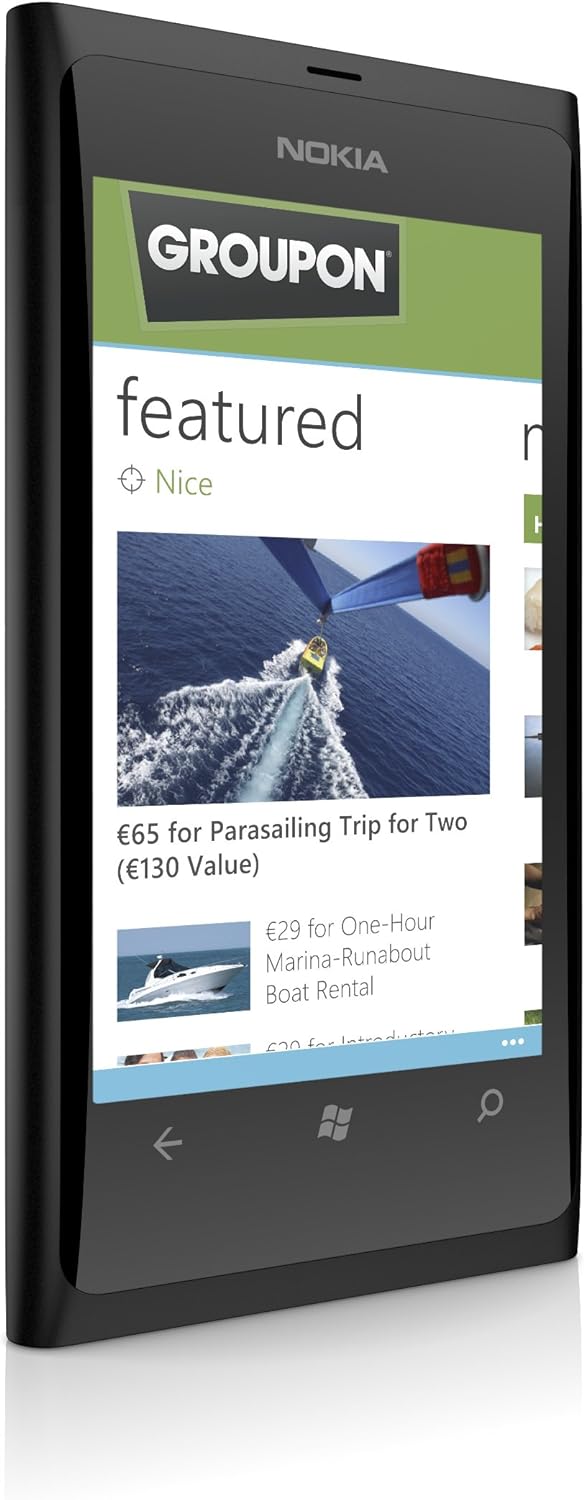
To upgrade their WP7 phone to the latest software version, users who have already received the Update will need to connect their phone to a computer via USB and Microsoft Zune, which is necessary for this upgrade.
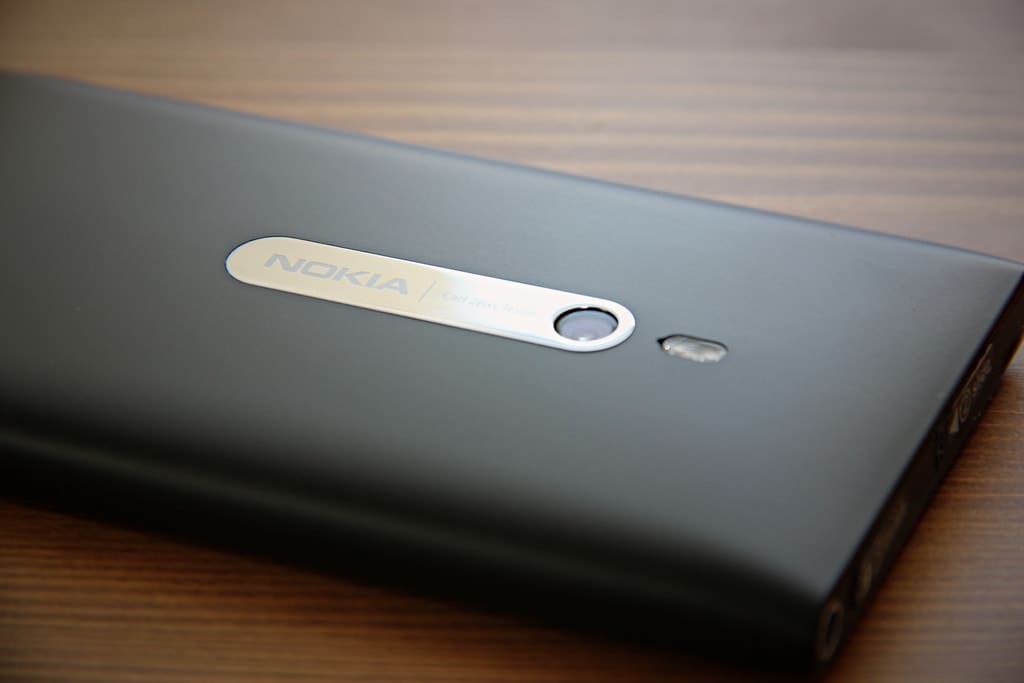
The update is available in all countries where the Nokia Lumia 800 is already available, and some users will receive it in later. What they will then gain from the improvement justifies waiting for an update. Namely, in addition to fixing the bug with the battery and charging,

Nokia has improved the audio playback on this model, as well as the errors that the phone had with the display when using the backlight. There is also the improvement of Maps, ie navigation, which is now enabled in Nokia’s 3D environment for the 25 largest cities in the world, while in other world capitals, some buildings and important monuments are displayed in a 3D system.
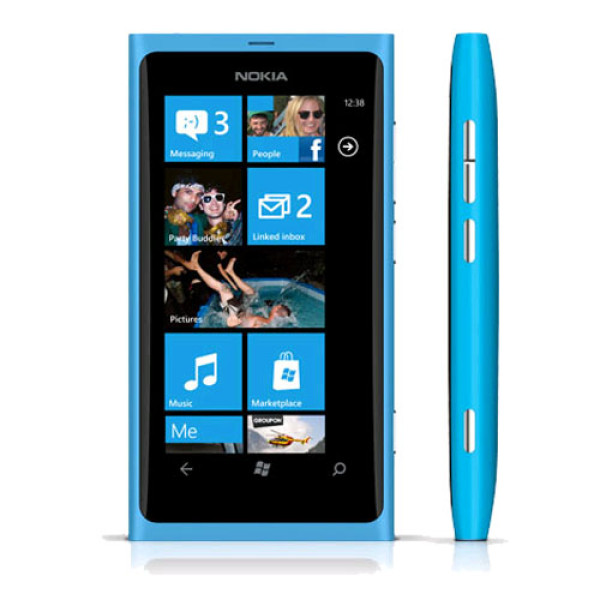
Nokia has also fixed email issues for Microsoft Exchange 2003 users, and added support for several of the world’s WP7 software languages, including Cyrillic and other “special characters”.

Nokia has also provided a couple of gifts – the most popular applications and games from the WP7 Store, which users will be able to download after installing the new software, and announced that the next update for the Lumia 800 model will arrive later on, which will bring even more significant improvements, which the manufacturer is working on together with Microsoft.

By the way, the previously announced White Nokia N9, which we recently wrote about, has now gone on sale.
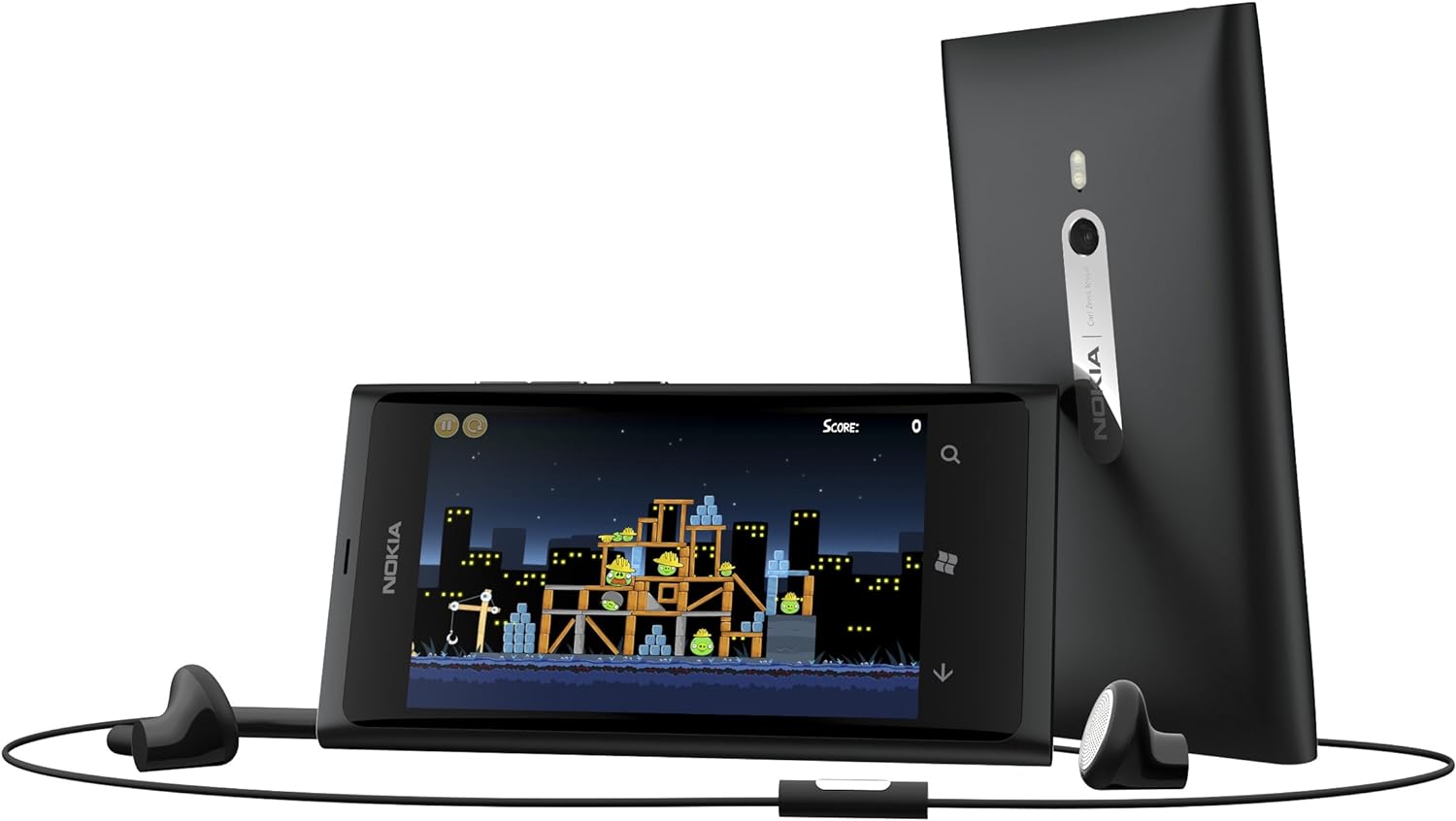
The Nokia Lumia 800 is available worldwide. Lastly, this is an exceptional phone for those users who do not want a sea of innovations and applications, but who aspire to a simpler phone (with the benefits that Windows provides, primarily in terms of synchronization with other devices and content), which is one of the company’s features.

